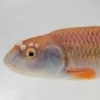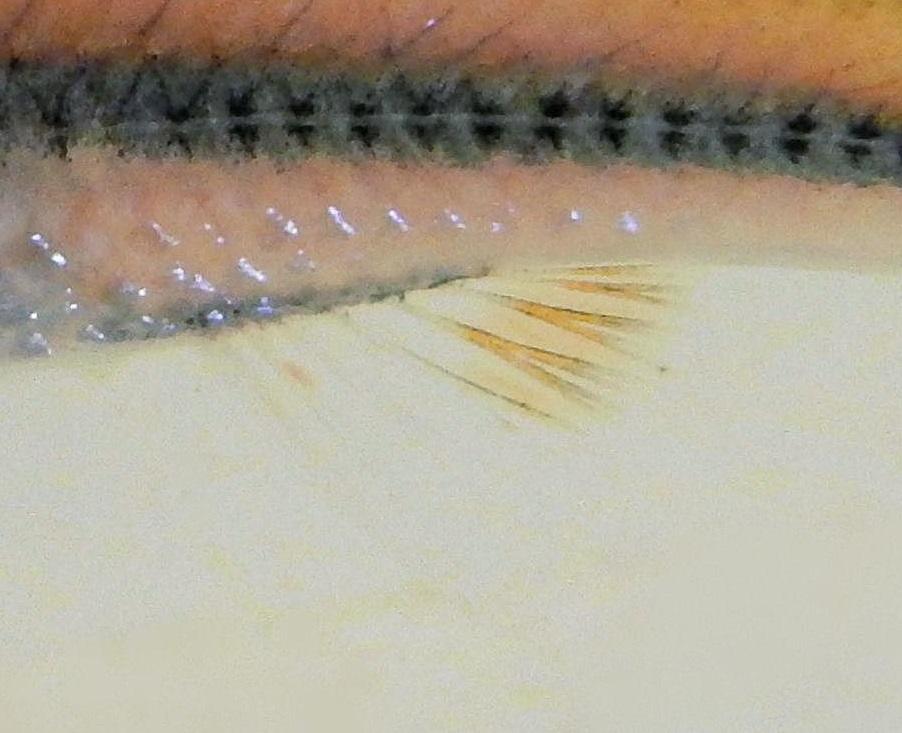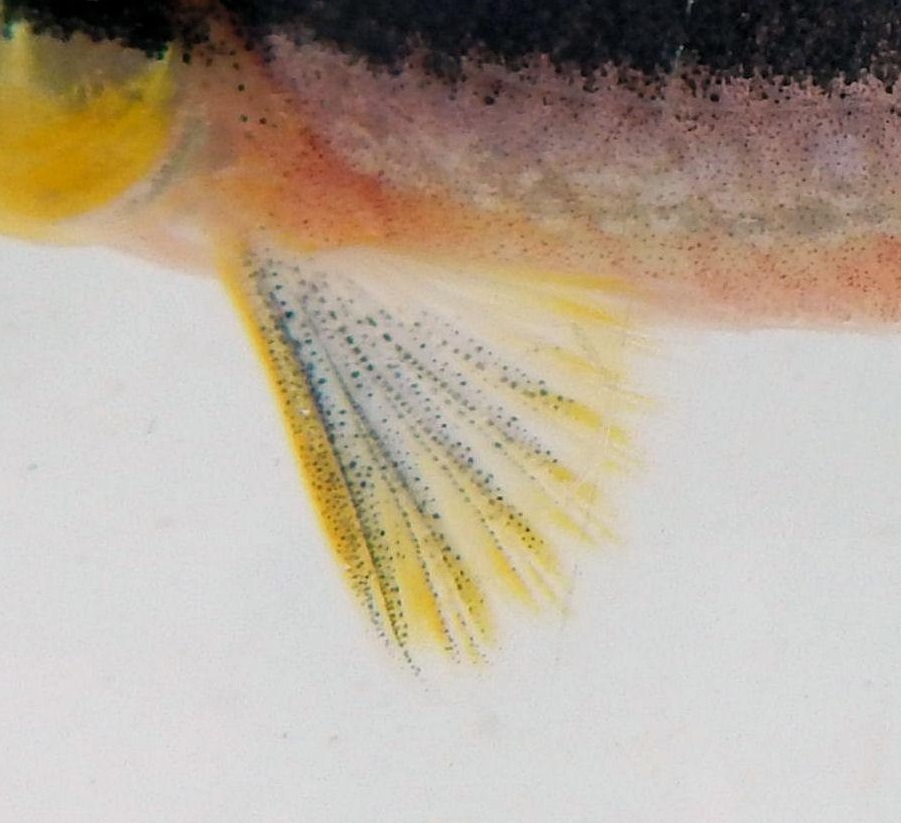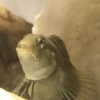sometimes I'm almost forgotten
look me up, look me up, look me up Dixie Chub
In Dixieland where I was spawnin'
early on a frosty mawnin'
look away, look away, look away Dixie Chub
I'm glad that I'm a Dixie, away, away
A Dixie Chub will be my love
we'll live and die in Dixie
Away, away, away down south in Dixie
We had a Dixie Chub day on Saturday. Four NANFAns joined up down in Griffin Georgia to seine a small creek running through town to help the local water department determine what if any life was in the small ditch... and we all got a surprise. First, I was surprised to see just how small this stream was. And then when we got in we were surprised to see how many fish were really there. And then we were really surprised to see the Flint River Native Dixie Chub over in this stream which is actually part of the Ocmulgee Drainage. Now granted we are only a mile or so from the Flint Drainage. But I am not sure if there were any record of Dixie Chubs outside of the Flint-Chattahoochee-Apalachicola Drainage. And as you can see from the tubercules they were breeding and doing very well in this small ditch.
As was this guy, who was also in full horned glory and showin' off his construction technique right there in the middle of town... in the middle of a 2 foot wide, 8 inch deep stream. Interesting to note that in such a small stream this breeding male was only 6 inches or so in length, much like we saw last year in the Stone Mountain trip.
In addition to these chubby residents we also found the expected Notropis... but maybe a new variant? So we talk about yellowfins, and the yellowfins that are white, and the ones that are orange and red and whatever... but what are these the flannel grey yellowfins?
Instead of the fins turning any other color, they seemed to be getting almost milky white but also had so much color in their fins and on top of their heads, that it seemed that the yellow was being replaced by a flannel grey color on top of their heads and on most of the fins. This was true for the female and the males, but most evident on the males... here you can see a colorful man and his pleasantly plump lady-friend.
So add another variable to the "what color are yellowfins when they spawn" debate.
We also found crayfish, salamanders, and even a damsel fly larva... so never doubt the ability of a small stream to support a little slice of nature if we will just take care of it. After the surprise of these three hardy species in the little ditch we headed another hour south to try to find Dixie Chubs at their type locality in Taylor County, Georgia.
We stopped at Little Patsiliga Creek and, although we had to work for a while, we were ultimately rewarded with more Dixie Chubs... along with Golden Shiners and these nicely colored up Weed Shiners. I had never seen them in color like this before and would not have recognized them, but Camm Swift was there to my ID rescue.
We also saw Bluegill, Redear, and Dollar Sunfish. And of course, no Georgia trip is truly complete until you kick out some woody debris and come up with this guy... I am going to stick with Blackbanded Darter on this one... although we were in the Flint and there is a slight hint of color along the tips of the dorsal fin... naw' lets just stick with P. nigrofasciata
Thanks to Camm and Jeff and Marcus for joining me on this part volunteer work effort in Griffin, part chasing type localities with me day... but a day that turned out to be all Dixie Chubs, all the time... look away, look away, look me up, Dixie Chub!















